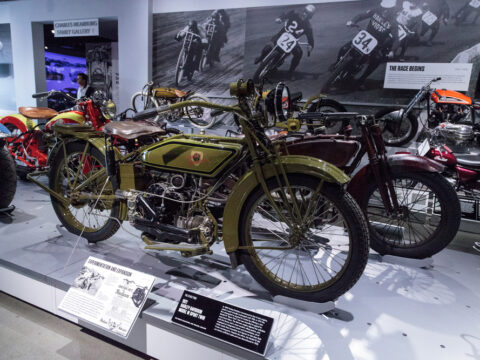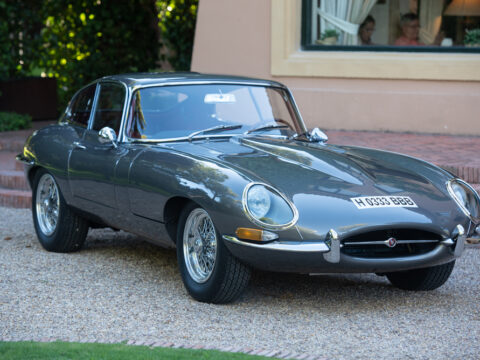Welcome to a tour of the lesser-known side of American automotive history. While many cars have become icons of innovation and style, like the Mustang, Corvette, and Model T, others have famously flopped. From unattractive designs and notorious mechanical failures to severe safety issues and commercial missteps, these cars failed to impress and were left behind in the automotive race.
Contents
Chevrolet HHR (2006-2011)

While the Chevrolet HHR (which stands for Heritage High Roof) had an initial appeal due to its retro styling, it failed to compete effectively with other small SUVs. Criticisms included a cramped interior, poor visibility, and a lack of power. In its peak year of 2006, it sold over 100,000 units, but by 2010, this number had fallen to just over 30,000.
Hummer H2 (2002-2009)
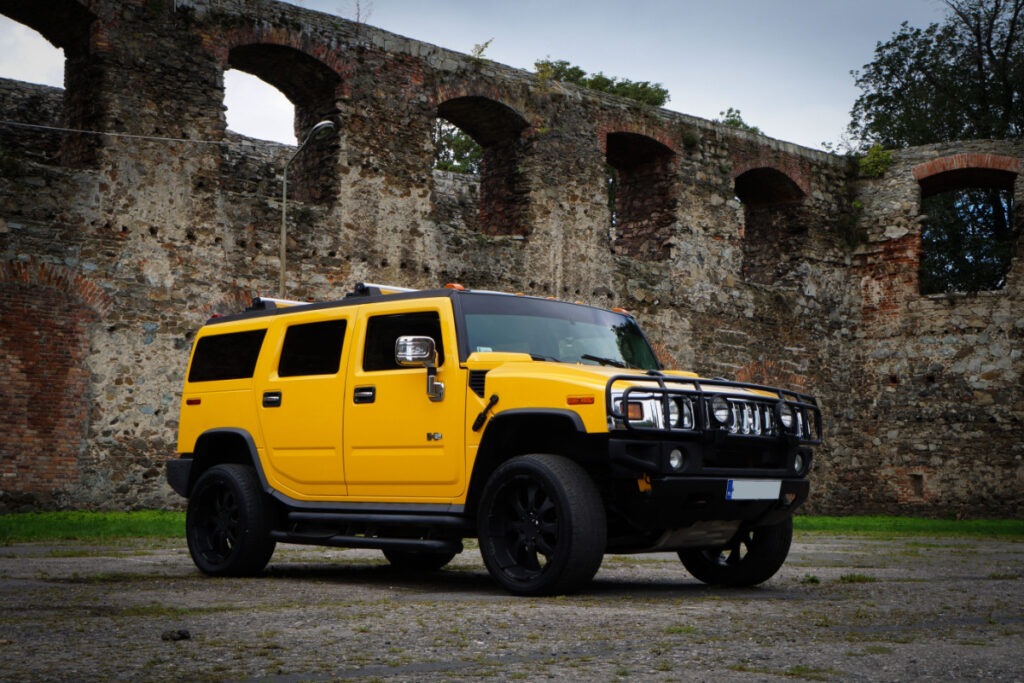
Despite initial excitement, the Hummer H2’s impractical size, poor fuel efficiency, and high price made it a symbol of automotive excess, particularly as fuel prices rose in the late 2000s. Its 6.0L V8 engine offered only 10-12 MPG. Sales peaked in 2003 at 34,529 units but fell to just 1,513 in 2009 when it was discontinued.
Ford Edsel (1958-1960)
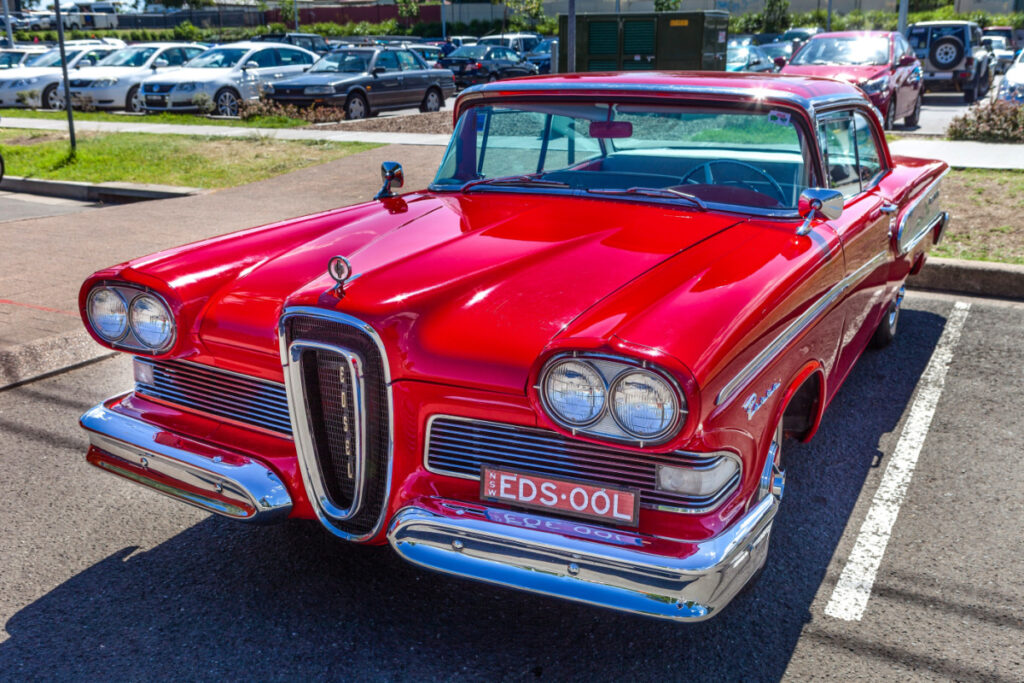
Named after Henry Ford’s son, the Ford Edsel has become synonymous with “flop.” Despite a huge marketing campaign, the Edsel was criticized for its unusual design, particularly its “horse collar” grille, which some likened to an “Oldsmobile sucking a lemon.” The build quality was poor, and there were numerous mechanical issues. Ford projected sales of 200,000 units annually but only sold 116,000 in total across three model years.
Chevrolet SSR (2003-2006)
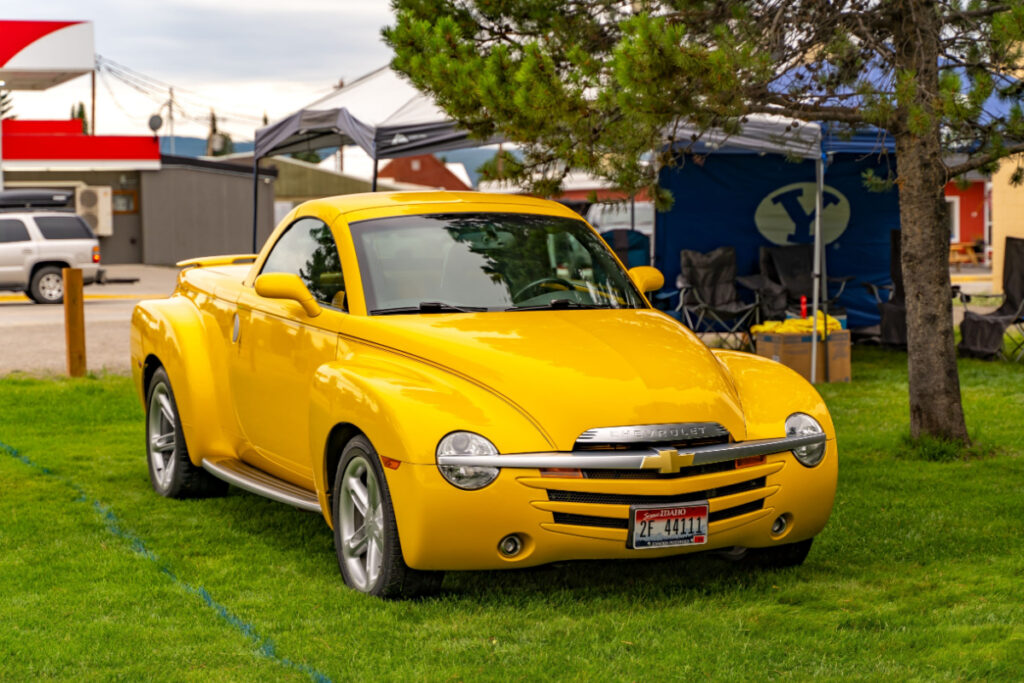
The Chevrolet SSR was a unique vehicle, combining the traits of a convertible with a pickup truck. Its odd design and high price failed to attract a significant buyer base. Despite having a potent V8 engine, it weighed nearly 2.7 tons, negatively affecting handling and fuel economy. In 2004, its best sales year, it sold only 9,648 units.
Cadillac Cimarron (1982-1988)
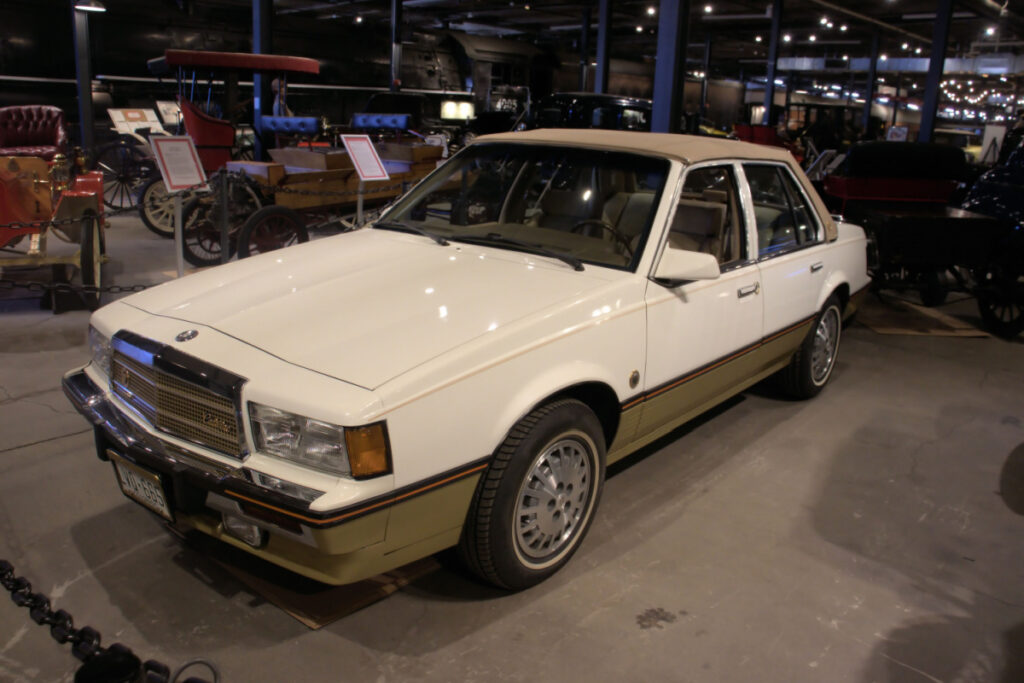
The Cadillac Cimarron was an attempt to compete in the smaller, more economical car market. However, it was essentially a rebadged Chevrolet Cavalier sold at a significantly higher price, leading to negative reviews and consumer perception. The car was underpowered, with its base engine producing just 88 horsepower. Cadillac aimed for 75,000 sales annually, but the best it managed was 25,968 units in 1984.
AMC Gremlin (1970-1978)

The AMC Gremlin was an early subcompact intended to compete with fuel-efficient imports. However, its peculiar design was polarizing, particularly its abrupt rear end. The car’s overall reliability was mediocre, and it suffered from a lack of power, with its base engine producing only 82 horsepower. Its peak sales year was 1974, with 171,128 units sold, but by 1978 sales had fallen to just 22,104 units.
Pontiac Aztek (2001-2005)

The Pontiac Aztek is often cited as one of the biggest automotive design failures. Its angular, plastic-clad design was met with negative public sentiment. Additionally, its high price tag did not match its perceived quality. Despite an initial sales target of 75,000 units per year, Pontiac never sold more than 27,793 in a year, leading to its discontinuation after the 2005 model year.
Chevrolet Vega (1971-1977)
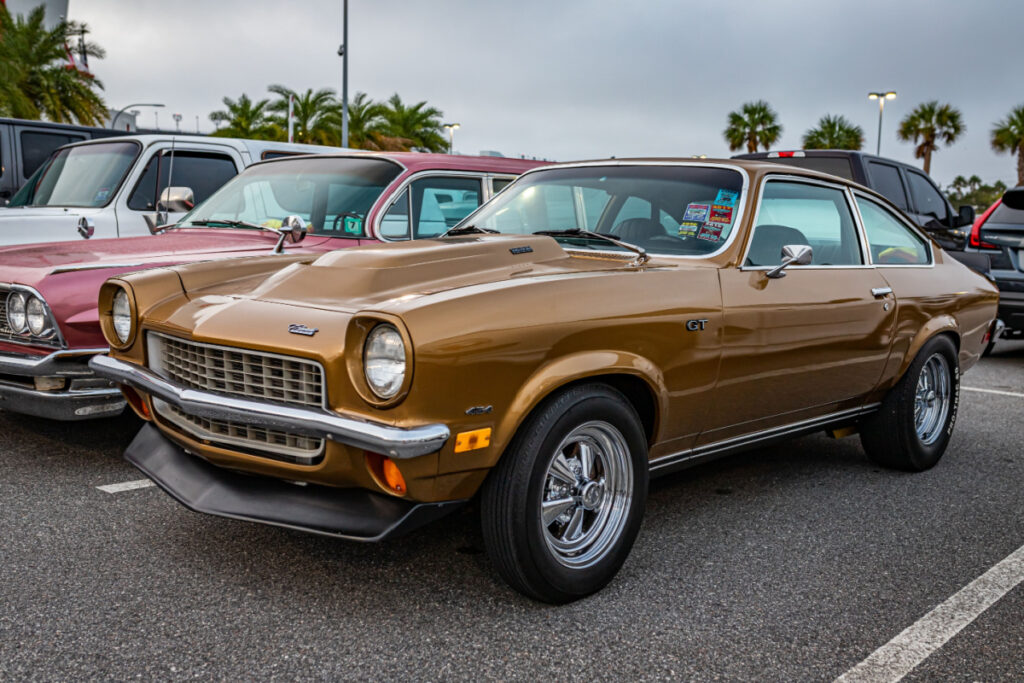
The Chevrolet Vega was General Motors’ attempt to compete with small, affordable imports from Japan and Europe. However, it became infamous for its poor quality and reliability issues. Significant issues included engine failures due to an aluminum block and steel cylinder design that expanded at different rates, leading to warped cylinder heads and other mechanical issues. Rust was also a problem due to subpar corrosion protection. In its best sales year, 1974, Vega sold over 460,000 units, but by 1977 sales plummeted to just 78,000 units due to its reputation.
DeLorean DMC-12 (1981-1983)

Despite its iconic status due to the “Back to the Future” franchise, the DeLorean DMC-12 was a commercial failure. High prices, uninspired performance from its 130hp V6 engine, and quality control issues contributed to poor sales. The company planned to sell 12,000 units per year, but only around 9,000 were produced in total before the company went bankrupt.
Ford Five Hundred (2005-2007)
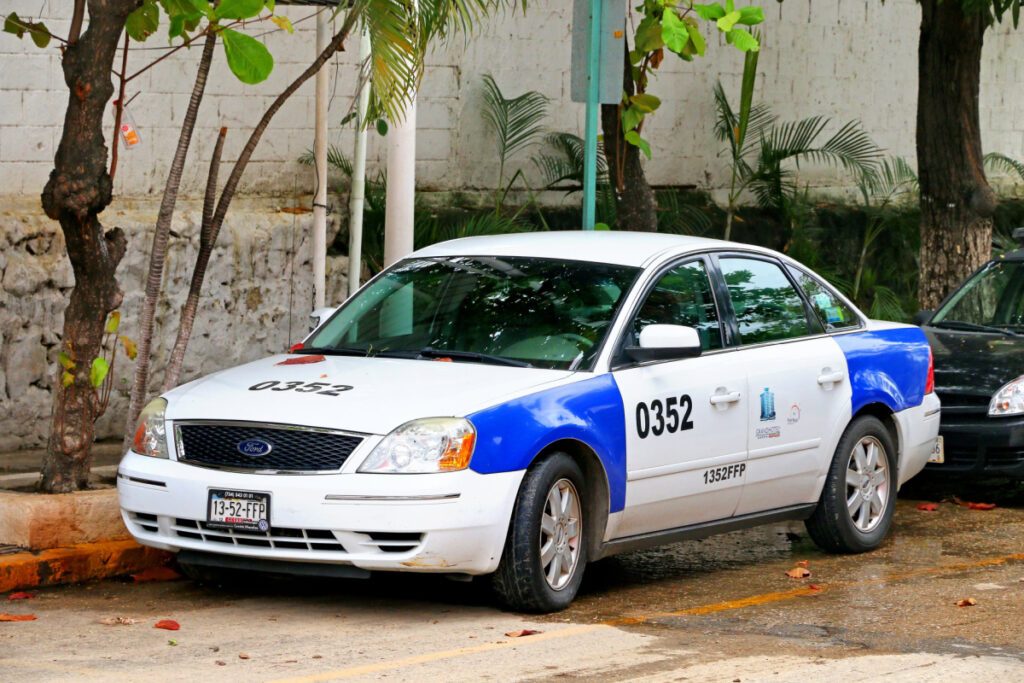
The Ford Five Hundred was supposed to replace the popular Ford Taurus but struggled due to bland styling and a lack of power from its 203hp V6 engine. Ford had hoped to sell upwards of 100,000 units per year, but sales fell short, leading to a name change to Taurus after only three model years.
Chrysler PT Cruiser Convertible (2005-2008)

The PT Cruiser Convertible was an attempt to capitalize on the retro design craze of the early 2000s. While the original PT Cruiser had decent sales, the convertible version didn’t fare as well due to its awkward styling and compromised practicality. It was discontinued after a few years with sales far below Chrysler’s expectations.
Ford Pinto (1971-1980)
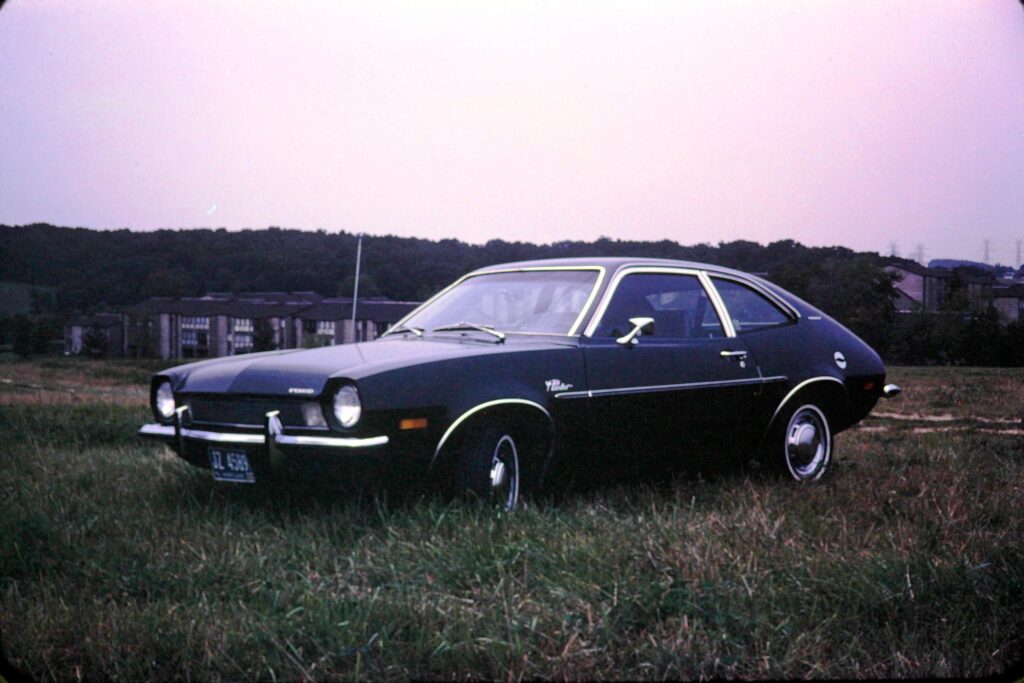
Despite initial strong sales, the Ford Pinto became infamous for its safety issues, particularly the risk of fire in rear-end collisions. This negative publicity drastically affected its reputation and sales, leading to its eventual discontinuation and a costly recall.
Chevrolet Corvair (1960-1969)

The Corvair was innovative with its rear-engine layout but became controversial due to handling issues that led to safety concerns, famously critiqued by Ralph Nader in “Unsafe at Any Speed.” Its sales declined as a result of the negative press, and it was eventually phased out.
Oldsmobile Cutlass Supreme Diesel (1978-1985)

In response to the oil crisis, Oldsmobile introduced a diesel engine option for the Cutlass Supreme. However, these engines were prone to failures and poor performance, leading to a tarnished reputation and low sales figures.
Pontiac Fiero (1984-1988)
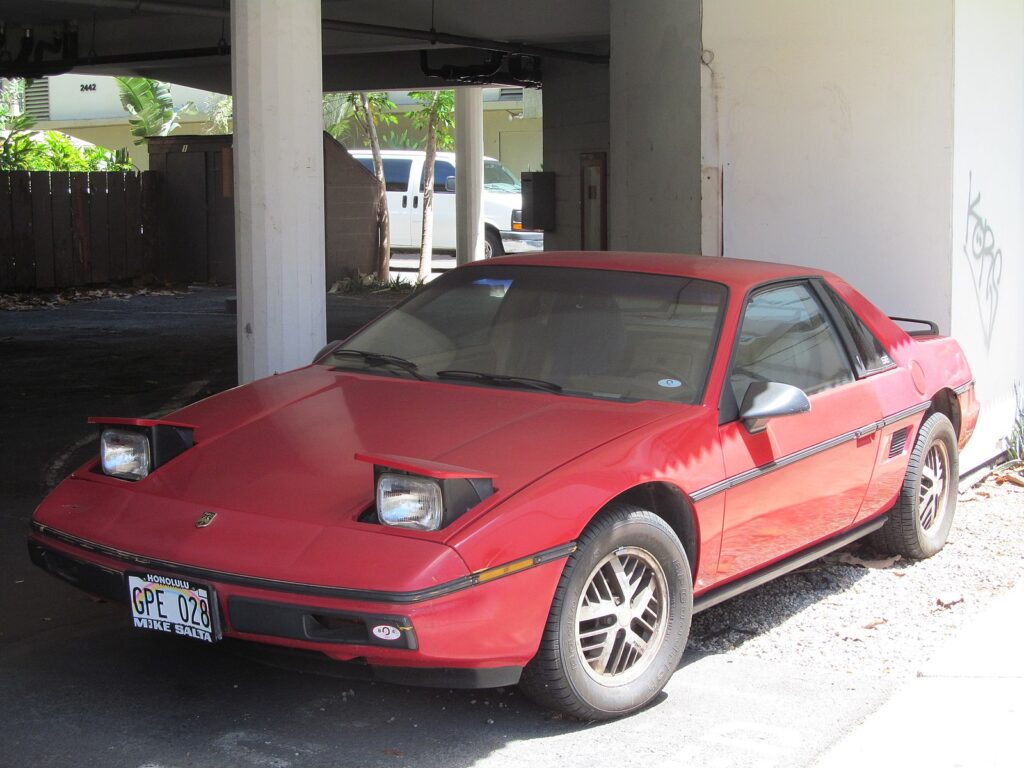
Initially popular, the Pontiac Fiero suffered from a reputation for mechanical problems and fires related to its mid-engine design. These issues, along with performance that didn’t meet sports car expectations, led to declining sales and its eventual cancellation.
Cadillac Allanté (1987-1993)

The Allanté was Cadillac’s attempt to compete with European luxury convertibles, featuring bodies flown in from Italy. However, its high price, quality issues, and lackluster performance resulted in poor sales, with only around 21,000 units sold over its production run.
Chevrolet Citation (1980-1985)
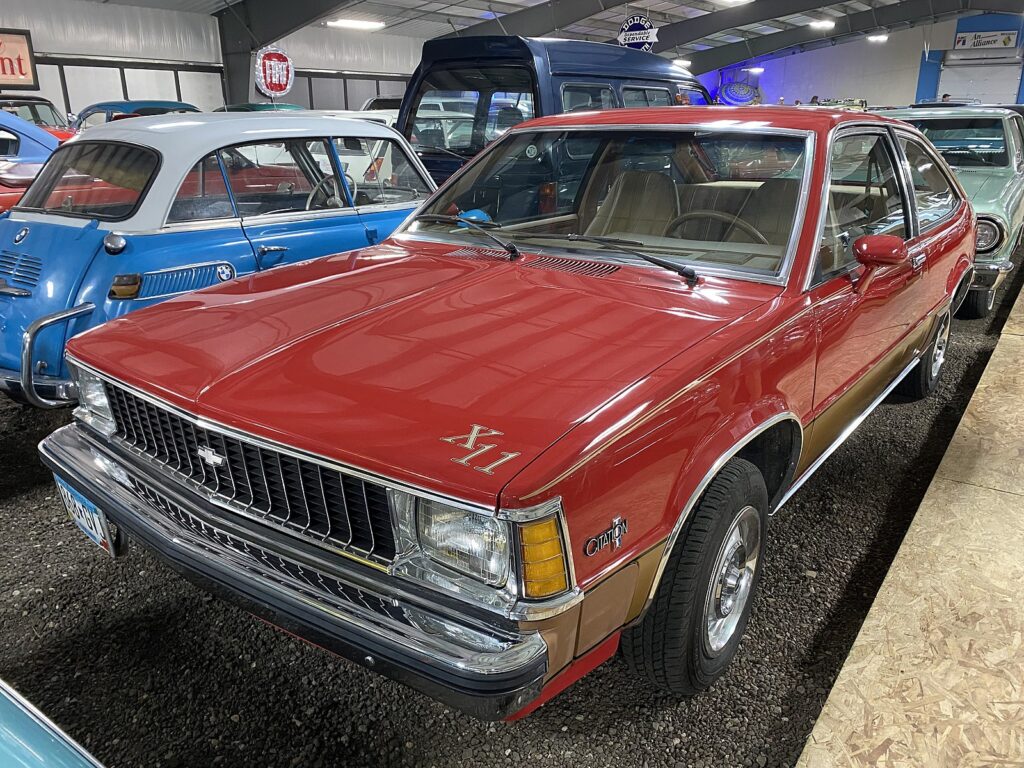
The Citation was initially a strong seller for Chevrolet, but it quickly gained a reputation for mechanical and build quality issues. These problems led to a sharp decline in sales, tarnishing the model’s reputation and Chevrolet’s image in the compact car market.
Dodge Monaco (1990-1992)

The early ’90s Monaco was an attempt by Dodge to enter the luxury sedan market but failed due to its nondescript styling, lackluster performance, and inability to compete with more established luxury brands, leading to poor sales and a quick discontinuation.
AMC Pacer (1975-1980)

The AMC Pacer was innovative in design with its wide body and large glass area but ended up being criticized for its unusual looks, poor fuel economy, and performance. These factors contributed to its sales decline and it became a symbol of automotive oddity.
Lincoln Blackwood (2002)
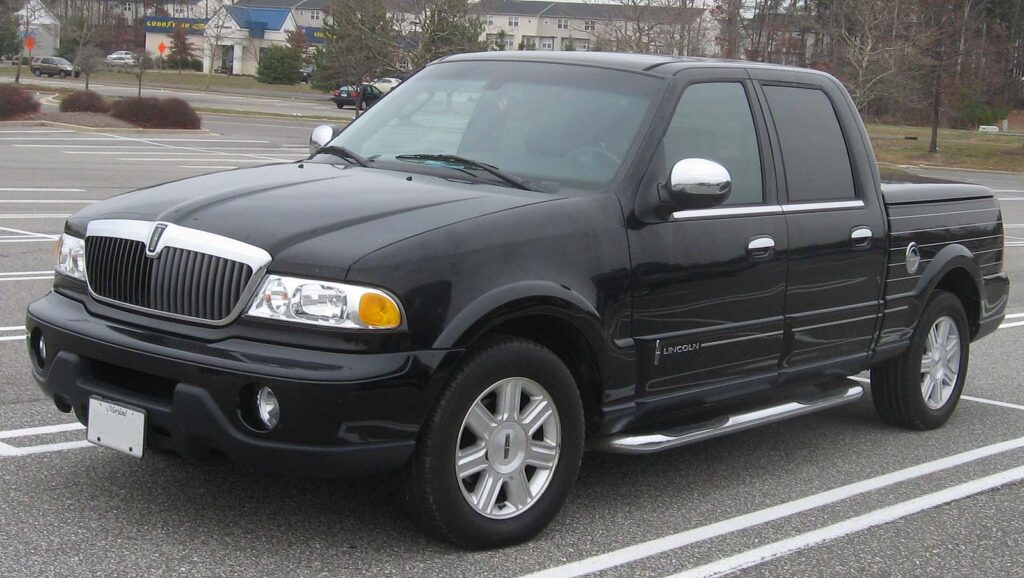
Lincoln’s attempt at a luxury pickup, the Blackwood, was a commercial failure due to its limited utility, high price, and the fact that it was only available in black with a carpeted bed, which limited its appeal. It was discontinued after just one year.
Jaguar X-Type (2001-2008)

Marketed as a compact executive car, the Jaguar X-Type was criticized for its Ford Mondeo underpinnings, questionable reliability, and lackluster performance. Despite being a Jaguar, it failed to meet sales expectations in the competitive luxury car market.
Buick Rendezvous (2002-2007)

The Rendezvous was Buick’s first foray into the SUV market but struggled due to its minivan-like appearance, mediocre performance, and reliability issues. Its sales were initially strong but quickly declined as competition in the SUV market intensified.
Saturn Ion (2003-2007)

The Ion was plagued by build quality and reliability issues from the start. These problems, combined with lackluster performance and design, led to poor sales and contributed to the negative perception of the Saturn brand.
Chrysler Crossfire (2004-2008)

The Crossfire, a sports car derived from the Mercedes-Benz SLK, failed to attract buyers due to its high price, questionable styling, and lack of brand identity, resulting in slow sales and its eventual discontinuation.
Mercury Marauder (2003-2004)
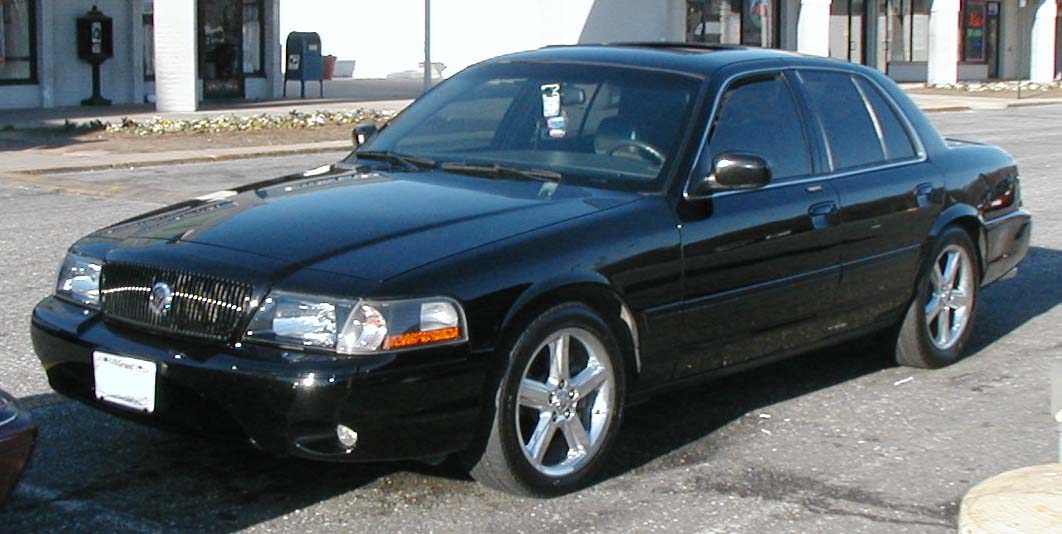
The Marauder was intended to be a high-performance version of the Mercury Grand Marquis but didn’t live up to expectations. Its high price, limited performance upgrades, and subtle styling differences from the Grand Marquis led to poor sales and a quick end to its production.
This article originally appeared on MyCarMakesNoise.
More from MyCarMakesNoise
The Best Midsize Truck Options You Can Buy
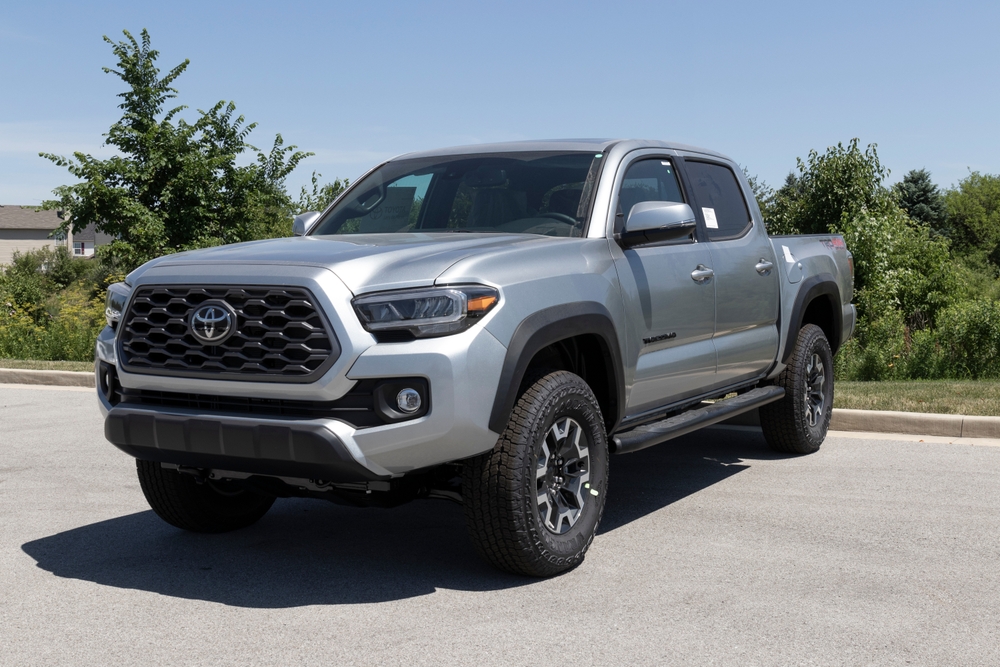
From hauling heavy loads to off-road escapades, mid-size pickup trucks are the versatile workhorses bridging the gap between larger, more cumbersome trucks and smaller, less capable vehicles. These trucks have rapidly grown in popularity, offering the perfect blend of utility, comfort, and performance. Read More.
Classic Cars That Illuminate with Pop-Up Headlights
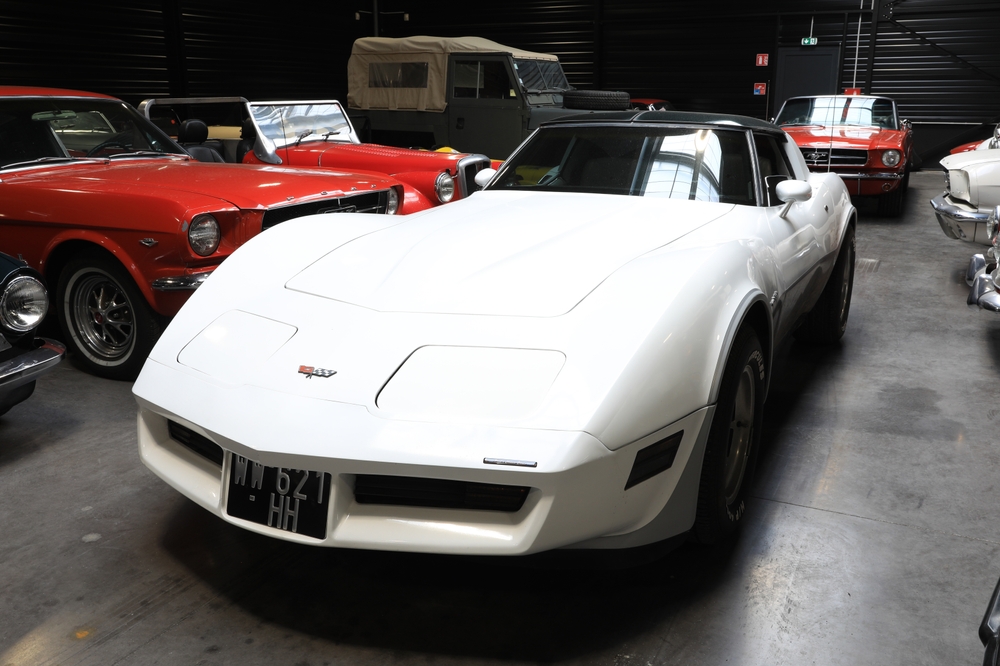
These iconic features not only served a functional purpose but became emblematic of automotive design during the late 20th century. Read More.
The Best Budget SUVs Under $30,000
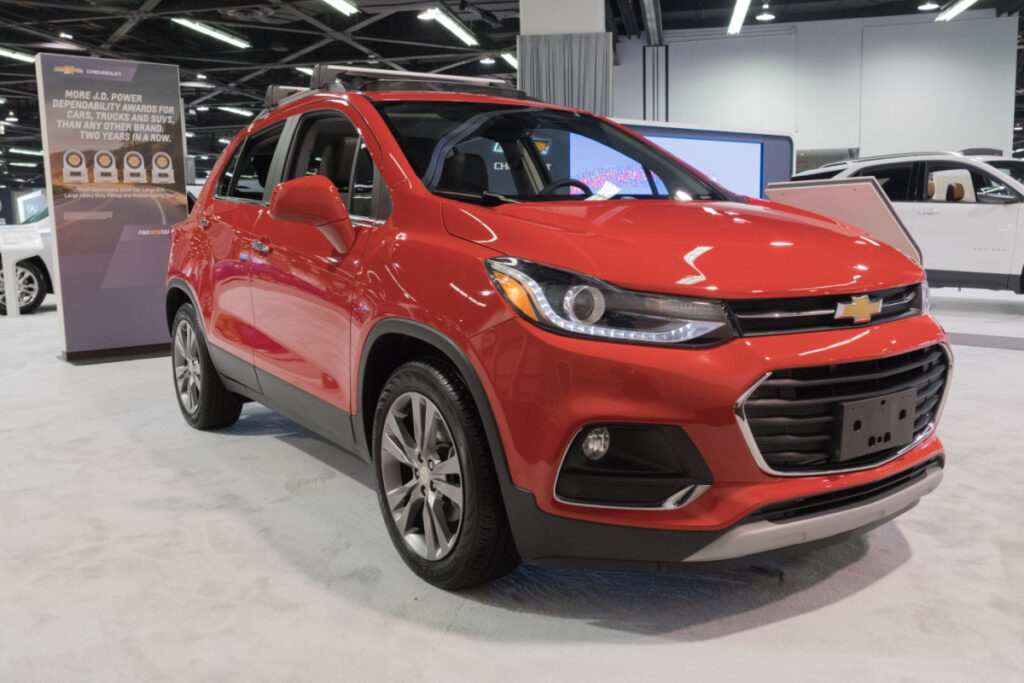
For those on a budget, the search can feel daunting, but rest assured, there are many excellent options. Read More.



